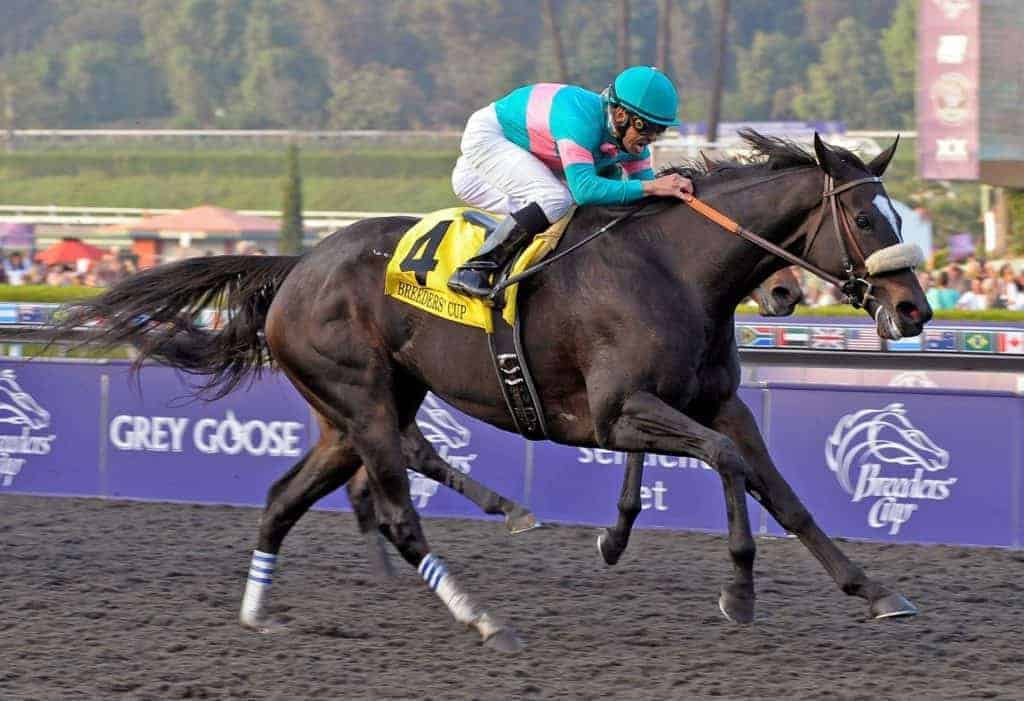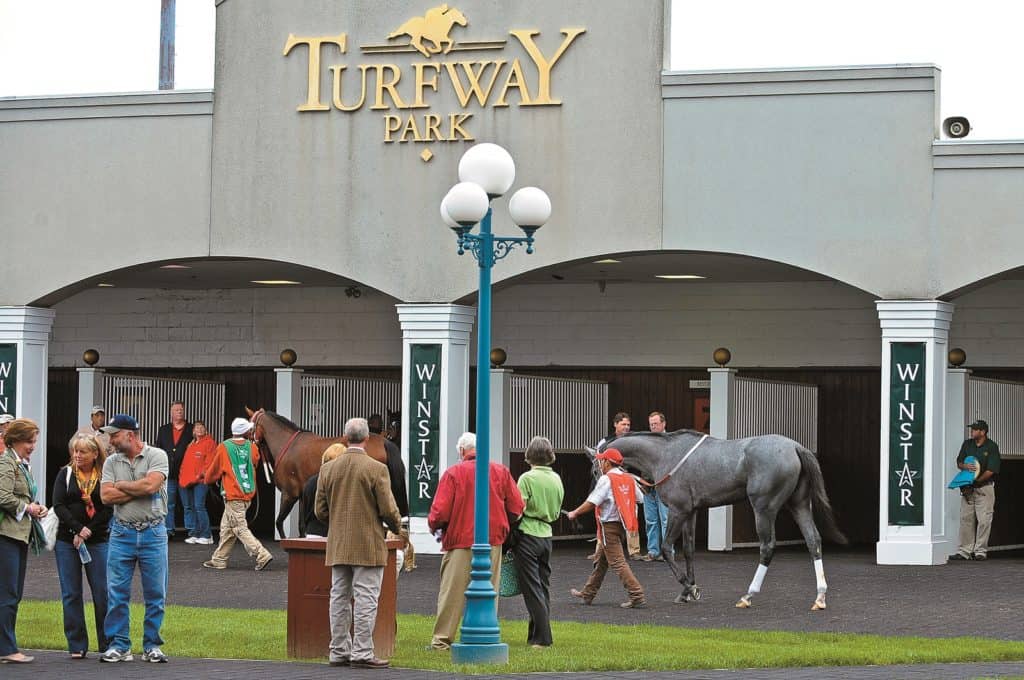PHBA Donates to Penn Vet Research on Racehorse Gene Doping
Gene doping involves the transfer or modification of genes or genetically modified cells of healthy athletes, human and equine, for nontherapeutic purpose to enhance athletic performance.
Gene doping involves the transfer or modification of genes or genetically modified cells of healthy athletes, human and equine, for nontherapeutic purpose to enhance athletic performance.

Scientists are continuing to uncover which genes are responsible for certain traits in horses.

Trainers should be aware that joint injections can have many benefits, but veterinarians need to be careful about selecting cases to receive this treatment, one researcher said.

Collaborative efforts among horse health researchers, the racing industry, and governments could lead to effective measures that will improve safety for both horses and jockeys, one equitation scientist says.

Monomoy Girl, a daughter of Tapizar, covered the 1 1/8 miles in 1:49.13.

An ideal conditioning and racing program allows racehorses to perform at their peak, remain sound through their racing careers, and be ready to commence a second career in another discipline.

Scientists hope an estimation of the forces applied to the ligaments and tendons can be used to test the soft-tissue structures’ strain when the limb is faced with variable footing and ground reaction forces.

The ultimate goal of any post-mortem exam program is to mitigate racehorse injury risk and, in turn, that of the exercise riders and jockeys involved.

The BHA will investigate recent equine fatalities and long-term injuries at the Cheltenham Festival before publishing recommendations to improve racehorse welfare.

Researchers are working to find other potential race-day therapies that can be used to manage EIPH if proposed legislation banning race-day furosemide use in the U.S. is passed.

Recent study results suggest heart rate monitoring can allow trainers to assess workloads and adjust training for improved conditioning and race outcomes.

Equine Injury Database statistics revealed a modest increase in 2017 (1.61 per 1,000 starts) compared to 2016 (1.54 per 1,000 starts).

When horses received furosemide four hours before exercise, 93% had a zero EIPH score one hour post-exercise versus 60% when it was given 24 hours before exercise.

With this release, there are no barns under restriction or quarantine at Turfway Park Race Course.

Researchers are examining the rate of injury and illness in North American 2-year-old Thoroughbreds in training.

Researchers hope that, one day, they’ll be able to identify at-risk horses and intervene before a catastrophic breakdown occurs.
Stay on top of the most recent Horse Health news with
"*" indicates required fields